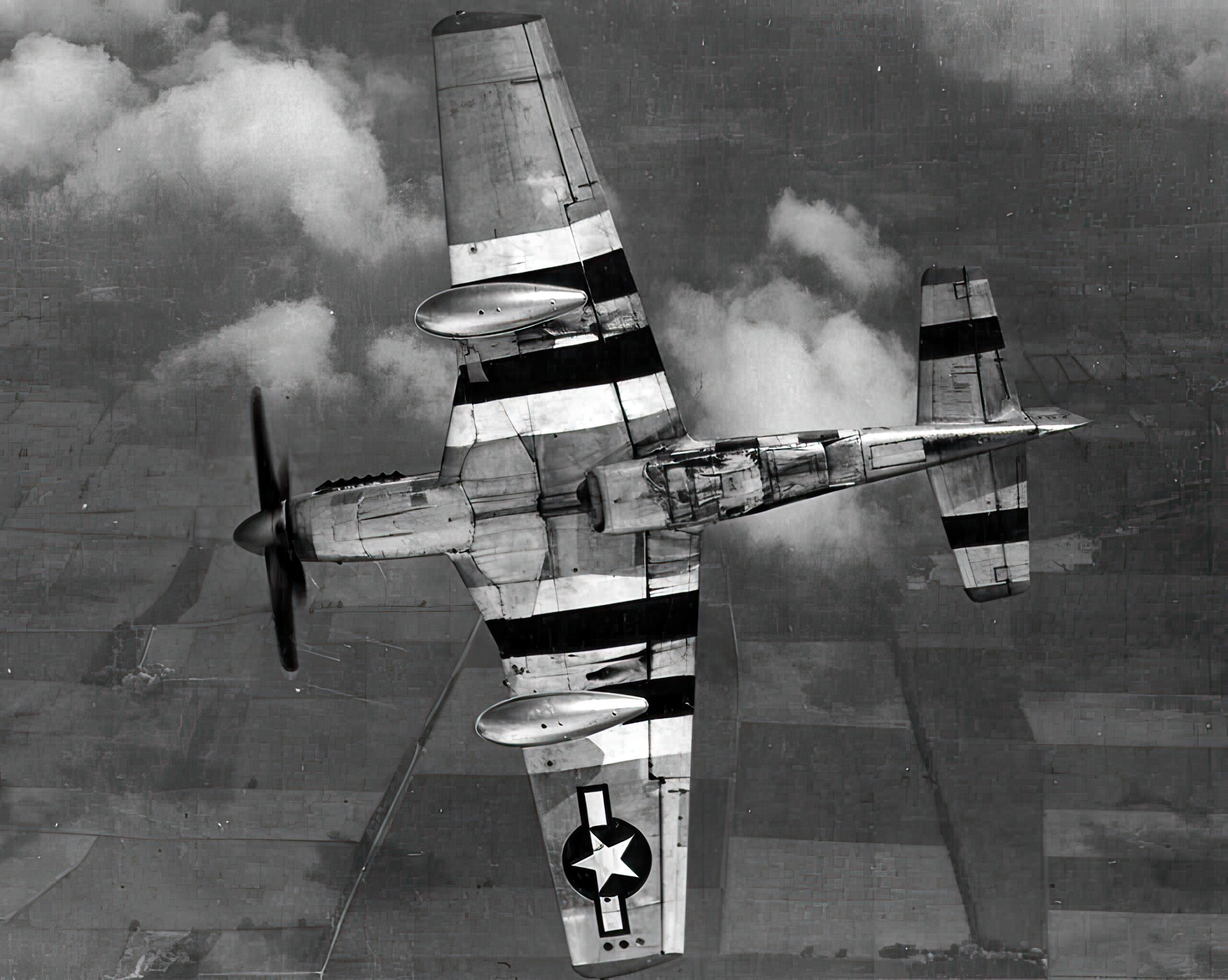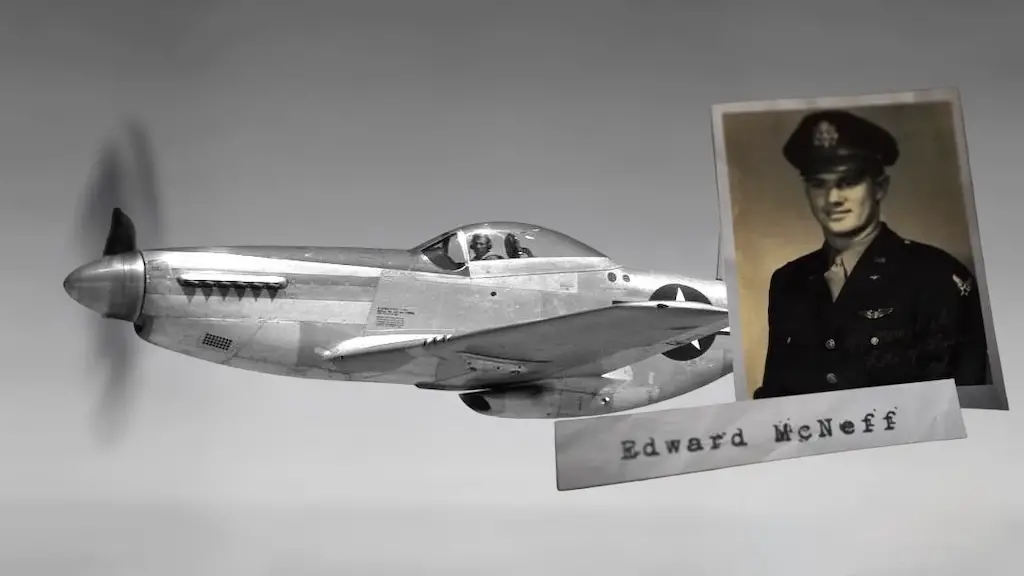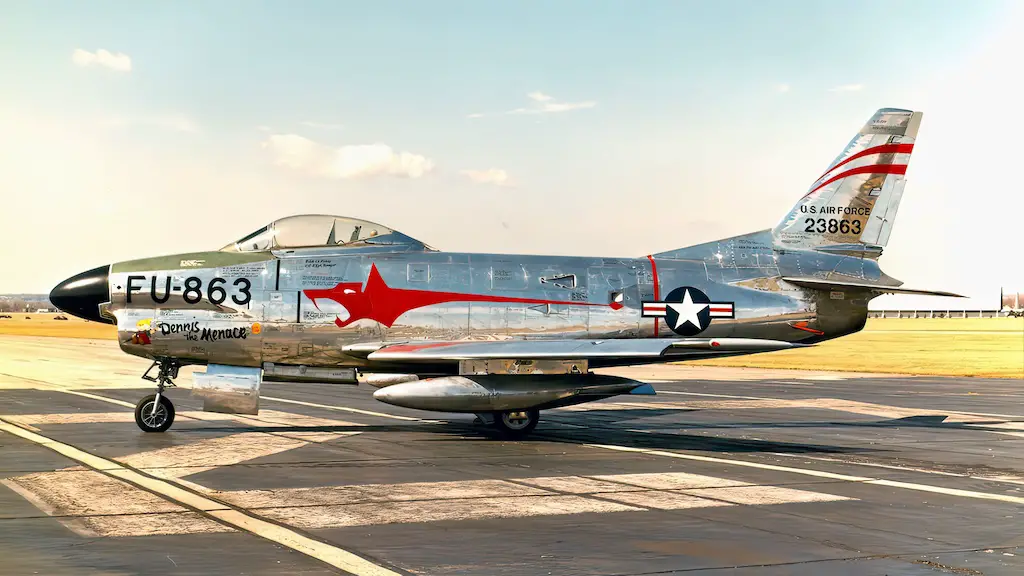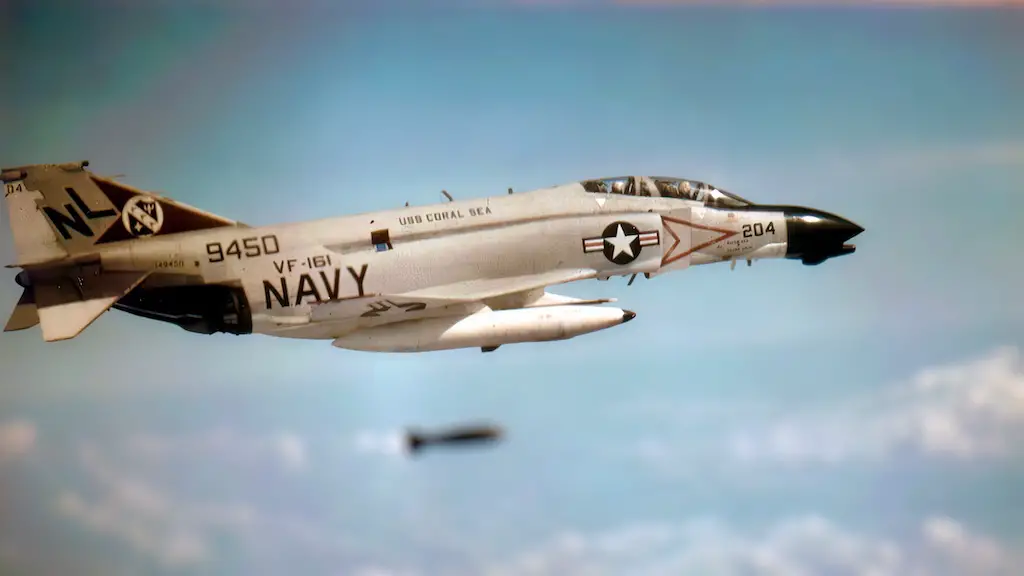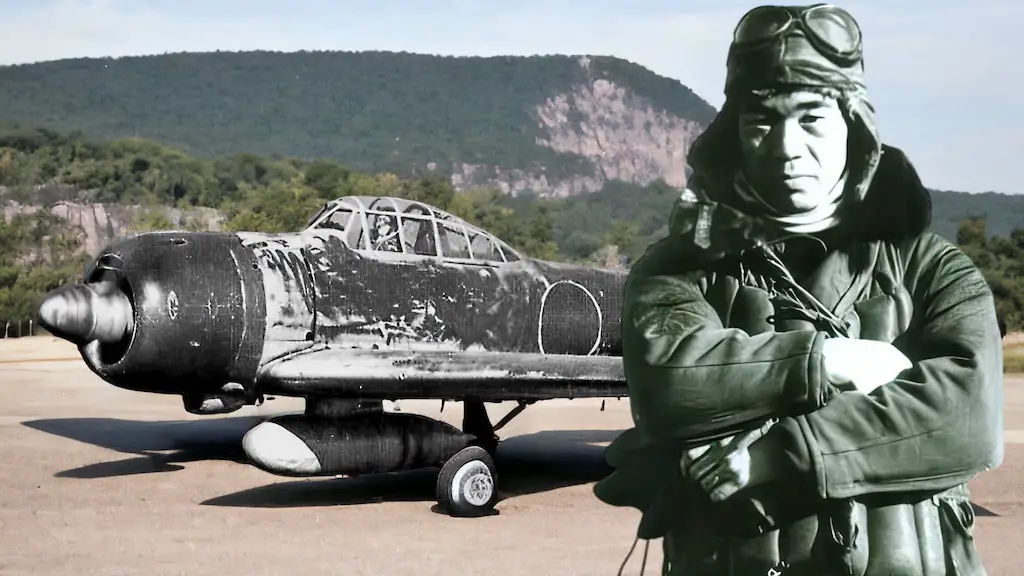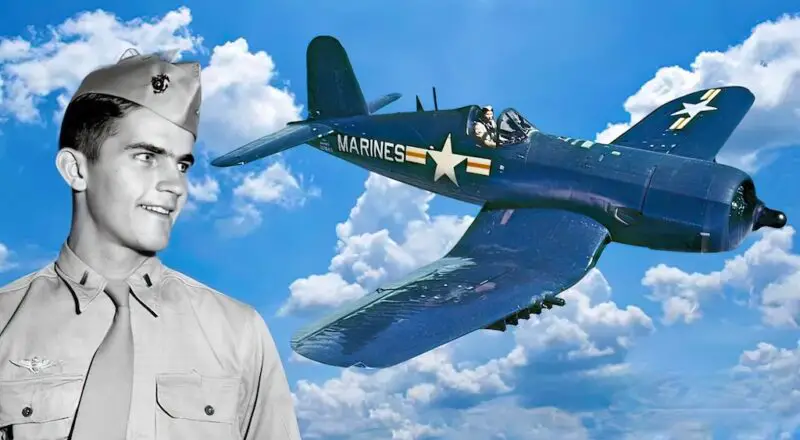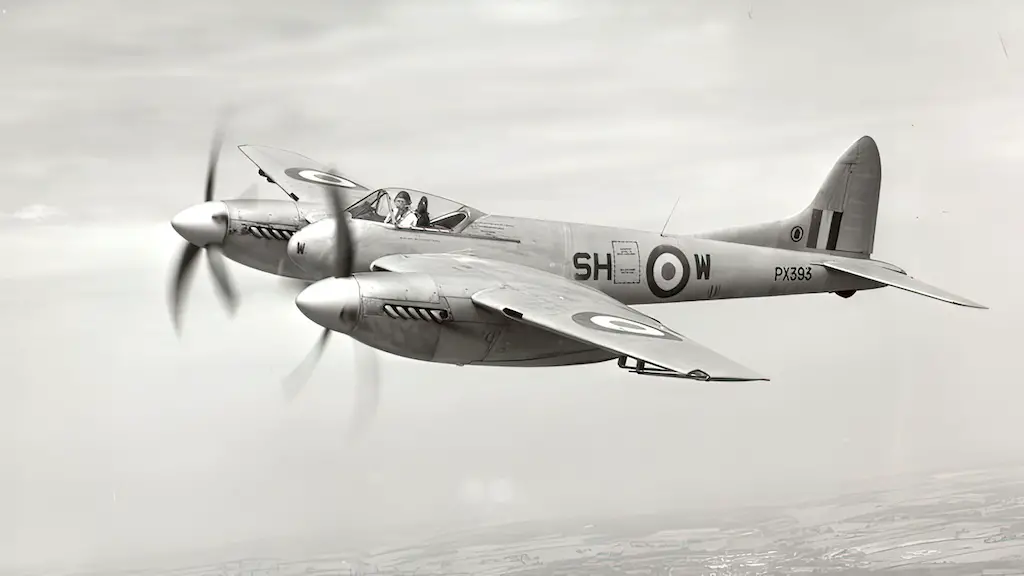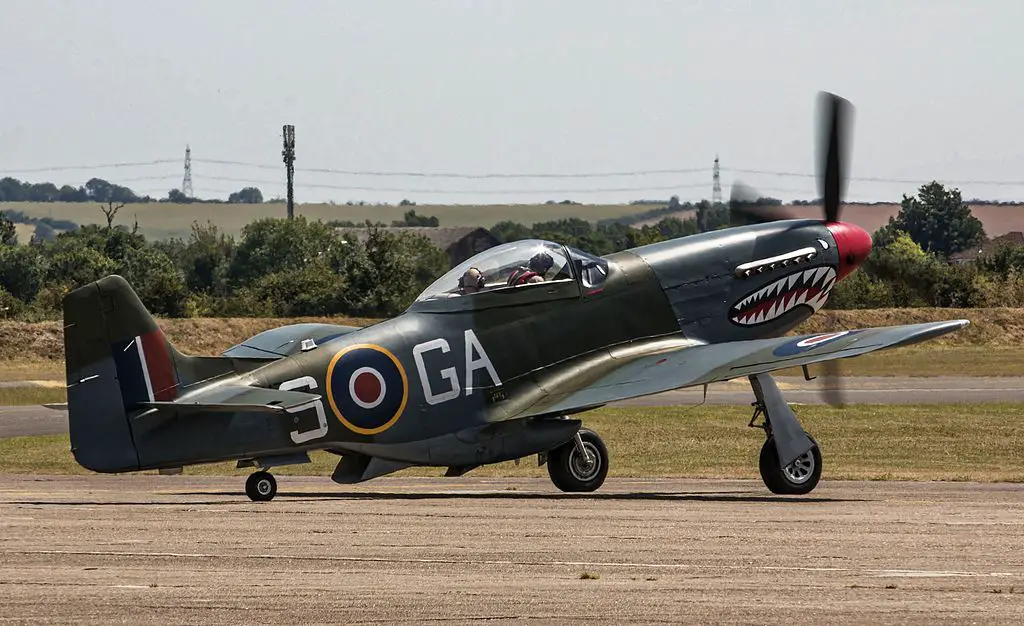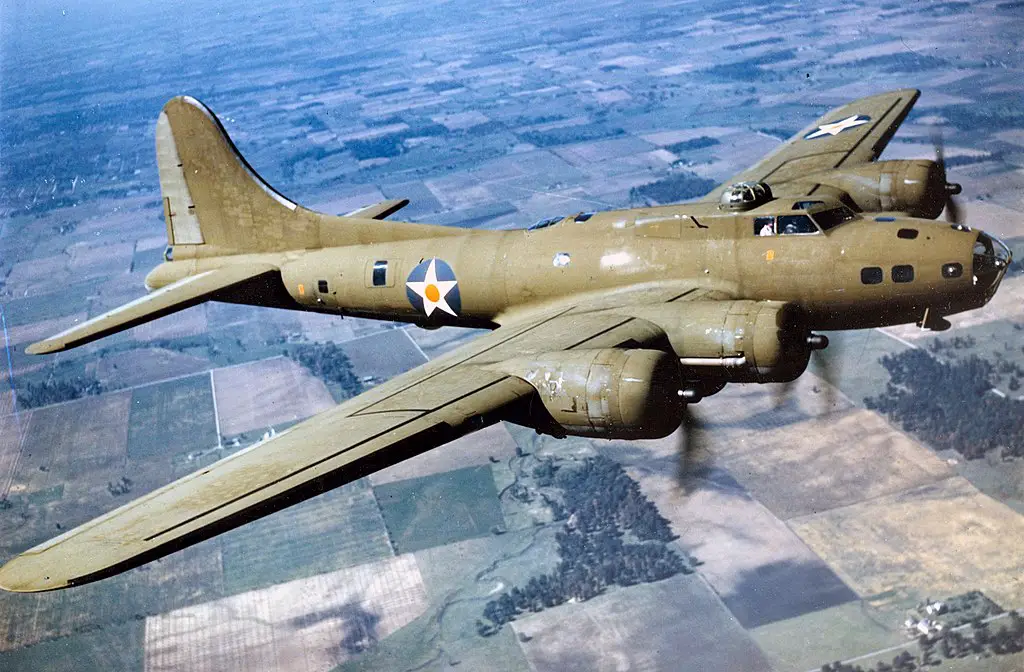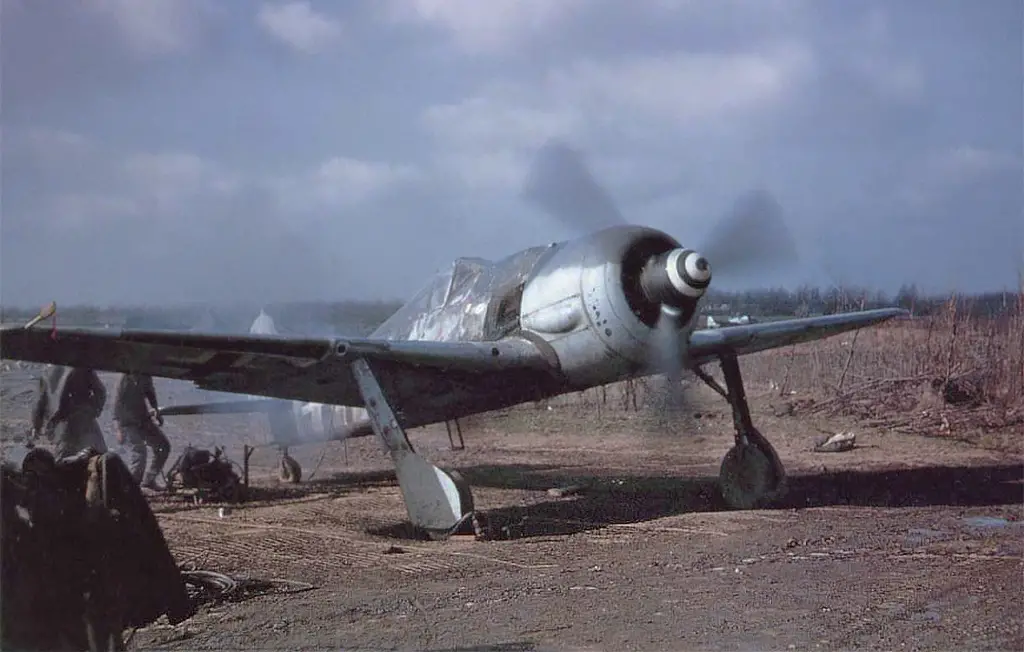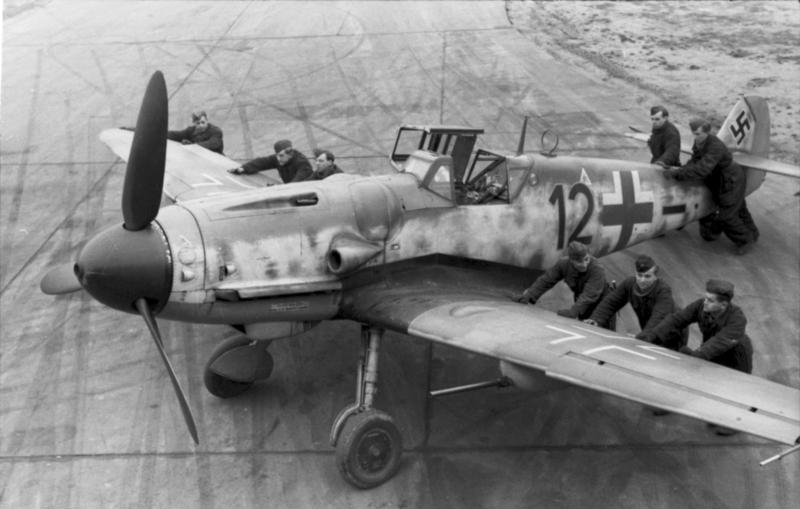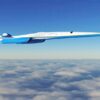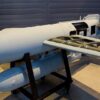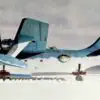The Fateful Mission
In 1944, a group of sleek and formidable P-51 Mustangs patrolled the vast skies over France. These were times of relentless air battles, with every mission shouldering the weight of the free world. Among these pilots flew a young American, Ed McNeff, a member of the 355th Fighter Group, on the verge of a momentous experience that would forever mark his career.
Urgency filled the air on April 24, 1944. The Allies were aggressively pushing across Europe, laying the groundwork for major offensives. For the Luftwaffe, this signaled a desperate stand. In this tumultuous environment, Ed McNeff prepared for a critical escort mission deep into enemy territory, aiming to safeguard a fleet of B-17 bombers targeting Munich.
The slower, more cumbersome bombers took off first, charting a dangerous course. Ed and his squadron, in their formidable Mustangs, had a crucial rendezvous to meet and protect the bombers from relentless German fighters. This meticulously planned operation was a dance of precision and timing.
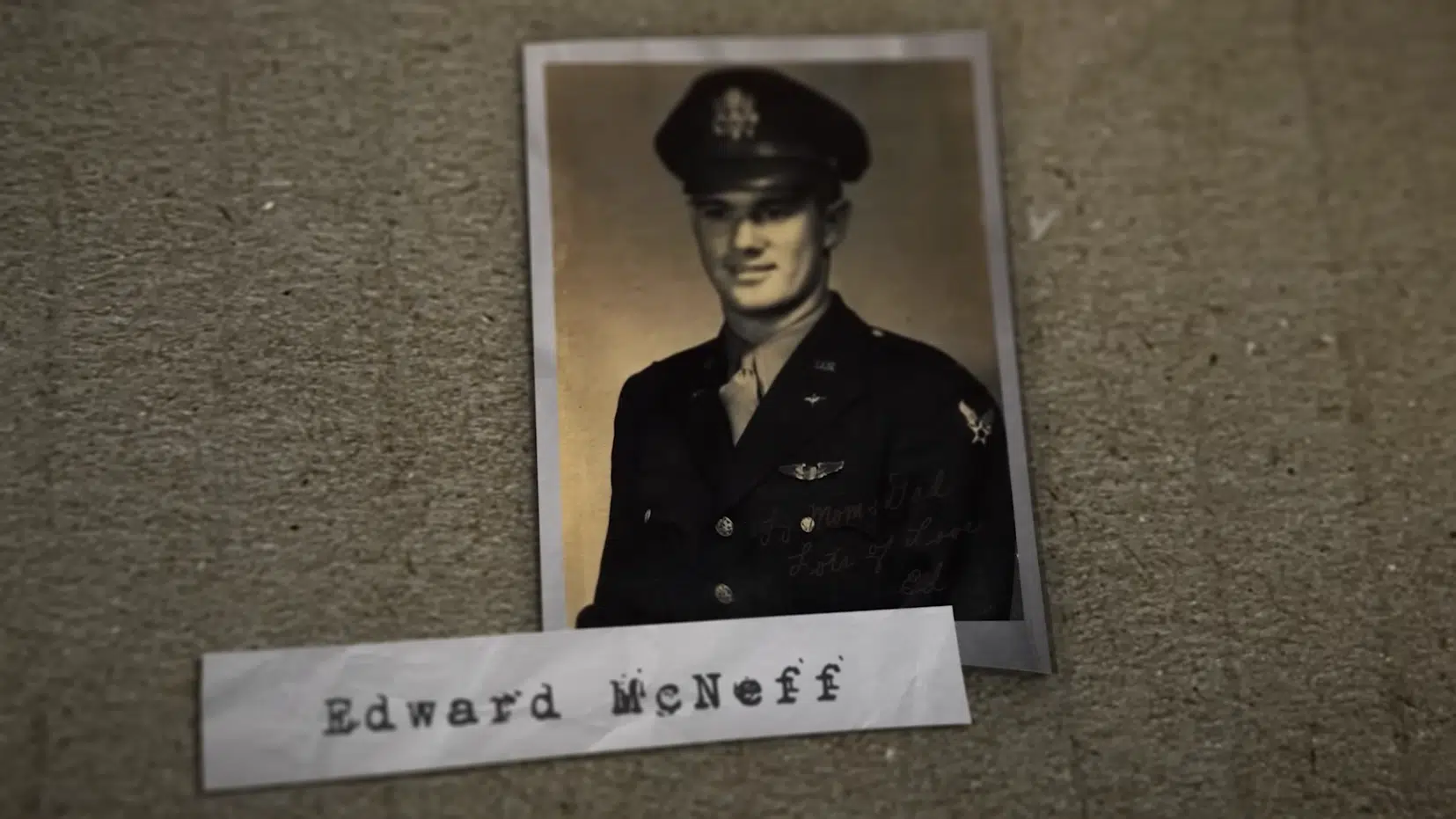
An Unexpected Turn
As the B-17s approached Augsburg, fate took an unexpected turn. A navigational error led one group of bombers astray, leaving them isolated and dangerously exposed. A formidable squadron of Luftwaffe fighters, including the notorious Focke-Wulf 190s and BF-109s, quickly spotted the vulnerable American bombers. The Germans swiftly swooped down on the lone B-17s, launching a fierce attack. The American bombers, without their aerial guardians, became easy prey. Within minutes, the situation escalated, with several fortresses sustaining heavy damage and three plummeting from the sky.
A desperate call for help crackled through the radio. Captain Reed Butler led the 355th, with Ed on his wing, and they immediately responded. Pushing their Mustangs to the limit, they raced across the skies to reach the embattled bombers. Arriving at the scene, Ed and his squadron saw over 50 German aircraft attacking the American bombers. Without hesitation, they dove into the fray. A ferocious dogfight ensued, stretching from Augsburg to Munich, showcasing the pilots’ tenacity and bravery.
In this chaos, Ed McNeff faced a pivotal moment. Alongside Lieutenant Raymond Demures and Captain Butler, he dived at a trio of German BF-109s. The battle raged fiercely. Demures quickly downed two enemy planes, while Ed and Butler chased the third. Ed’s gun camera captured this relentless pursuit, a dance of death in the skies that would define his role in this brutal conflict.
Ed McNeff’s Defining Moment
The skies over Augsburg had become a chaotic aerial battlefield, with the 355th Fighter Group’s P-51 Mustangs fiercely engaging the Luftwaffe’s seasoned pilots. Young American pilot Ed McNeff found himself at a defining moment in his military career amidst this dogfight.
Ed, along with Captain Reed Butler and Lieutenant Raymond Demures, had just spotted a trio of German BF-109s. They immediately dove into the attack. The air battle was intense, each maneuver a fight for survival. Demures swiftly took down two enemy fighters, demonstrating the Mustangs’ lethal effectiveness. Ed and Butler then focused on the third BF-109, determined not to let it escape.
The chase was relentless. The German pilot, skilled and desperate, pushed his aircraft to its limits to evade capture. Ed and Butler matched every move, their Mustangs screaming through the sky just above the treetops.
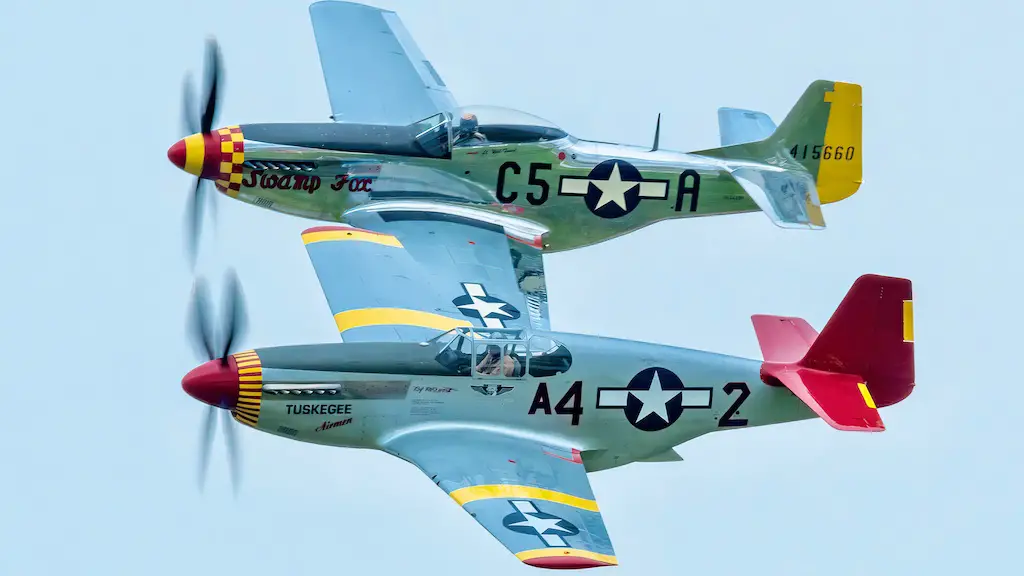
A Victory Captured
Ed’s gun camera captured this high-stakes chase, offering a rare glimpse into air combat realities. The footage, triggered only when firing, was brief but intense. It showed the BF-109, battered but still airborne, trying to escape the persistent Mustangs.
As viewers watched the footage, they saw the German plane dodging, with Ed’s P-51 in hot pursuit. In a decisive moment, Ed fired. His rounds tore into the BF-109, which jerked upward and vanished from the frame. This marked Ed McNeff’s first official air-to-air victory, a significant milestone despite later being recorded as a shared victory with Captain Butler.
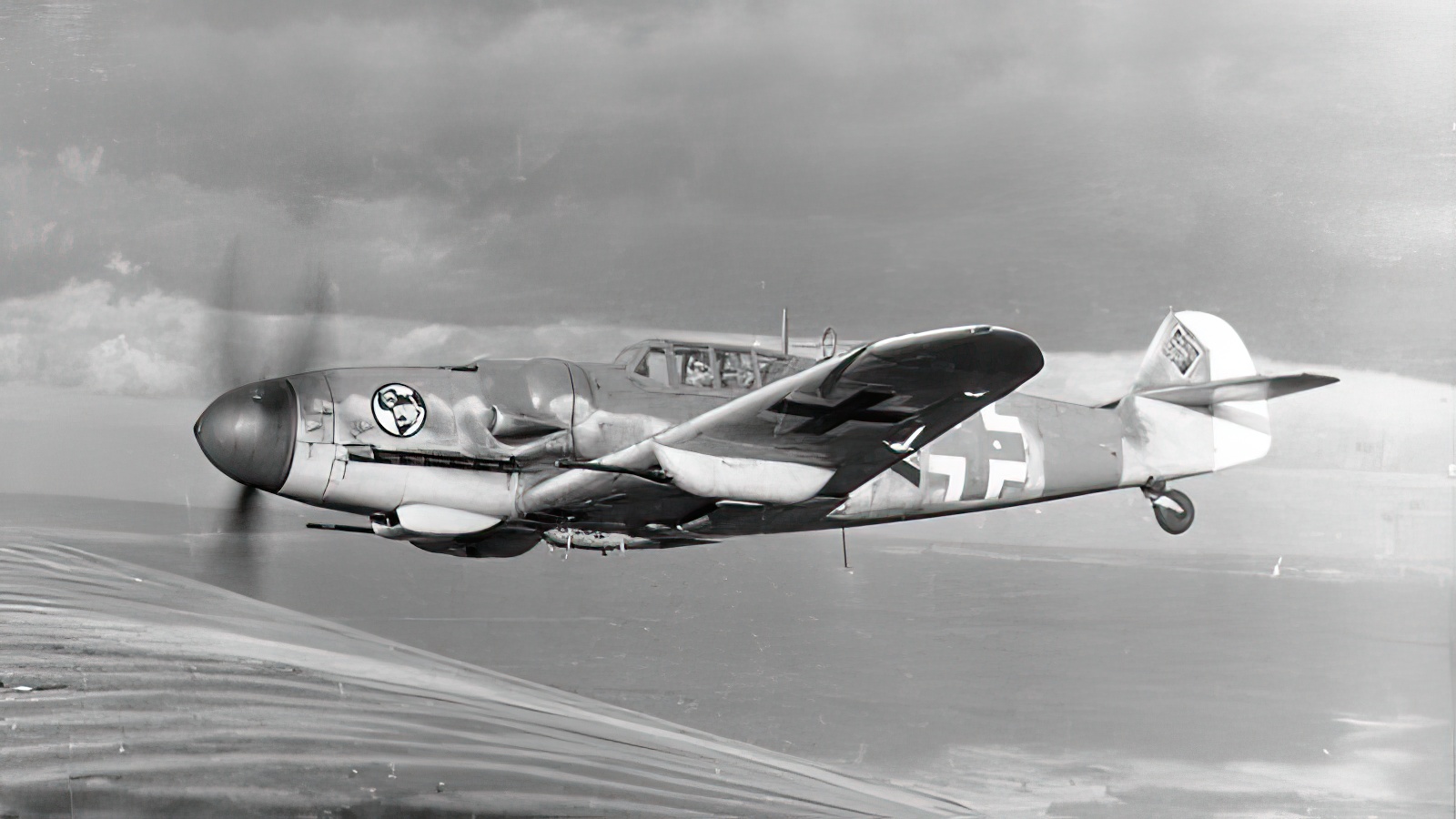
The Battle Continues
However, the air combat over Augsburg was far from over. After engaging the BF-109s, the German fighters began to withdraw. But Ed and the 355th’s mission was not yet complete. As they turned homeward, they encountered German barges on the Rhine, presenting a new target.
Under orders to engage ground targets related to the war effort, the 355th swiftly dove down for a strafing attack on the barges. Ed’s gun camera captured this action as well. His P-51 accurately struck a barge, marking another success. However, the mission took a tragic turn as Lieutenant Demures, who had earlier achieved two air kills, met a fatal fate. His loss underscored the perilous nature of their missions and the ever-present danger.
Returning to base, the 355th pondered the day’s mixed outcomes. They had inflicted significant enemy losses but had also suffered their own. The events of the day highlighted the harsh realities of aerial combat and the thin line between victory and loss. For Ed McNeff, this day would remain a pivotal chapter in his story as a World War II fighter pilot.
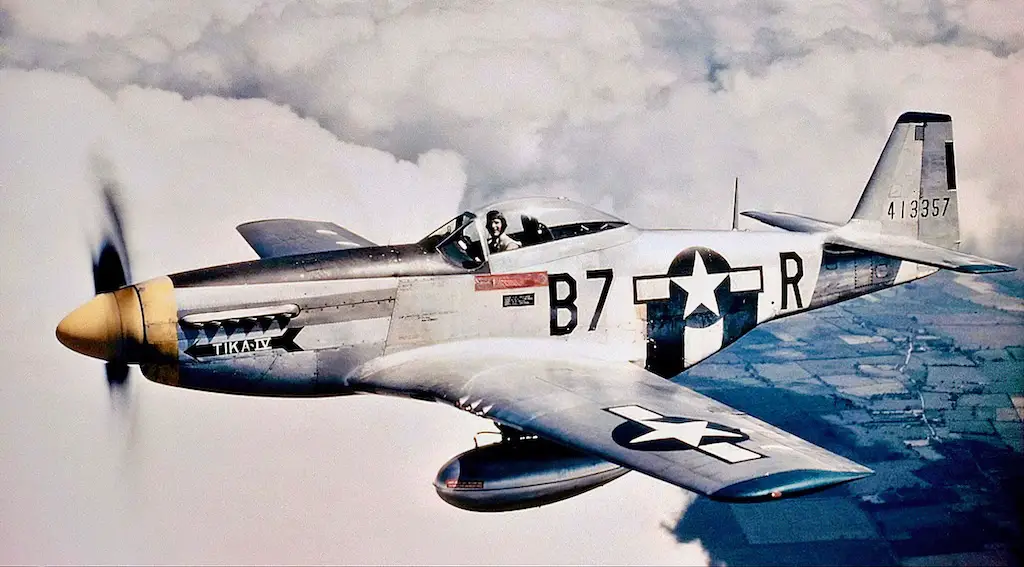
Reflections of a Fighter Pilot
The mission of April 24, 1944, had concluded, leaving a lasting impact on the 355th Fighter Group pilots. As they returned to England, the once chaotic skies were now calm. For Ed McNeff, who had just recorded his first kill, the mission was a profound mix of triumph and tragedy, shaping his understanding of aerial warfare’s brutal reality.
Upon landing, the squadron assessed the mission’s toll. It had been costly: 27 American B-17s lost and over a hundred others damaged. These numbers starkly highlighted the dangers faced by bomber crews and their fighter escorts.
Yet, the 355th Fighter Group had also inflicted significant damage on the enemy. They claimed the destruction of 20 enemy fighters and damaged several others, losing only four of their own aircraft. This achievement underscored the importance of fighter escorts in protecting bombers and disrupting enemy operations.
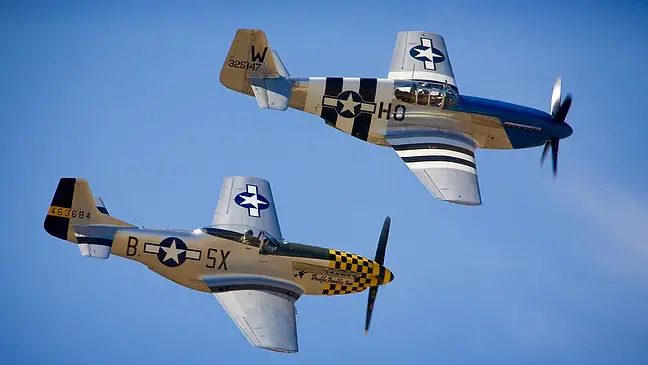
A Pilot Transformed
The mission marked a turning point for Ed McNeff. His successful engagement with the BF-109, captured on his gun camera, symbolized his evolution from novice to combat-tested veteran. The intense dogfight and chase, culminating in triumph, sharpened his skills and boosted his confidence.
However, the loss of Lieutenant Demures, a comrade with two kills that day, reminded Ed of wartime life’s fragility. The joy of victory was tempered by the grief of loss, a reality every combat pilot had to confront.
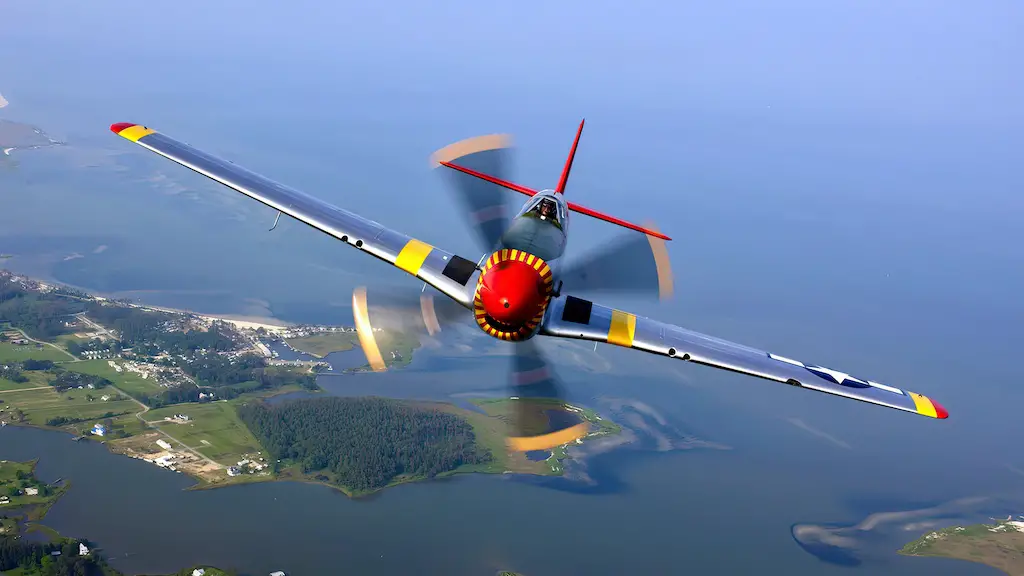
The Road to Normandy
The April 24 mission was just one of many leading up to D-Day, the greatest invasion in history. In the following weeks, the 355th Fighter Group continued to play a significant role in Europe’s aerial battles. Their efforts were crucial in maintaining air superiority and supporting the Allied landings at Normandy.
